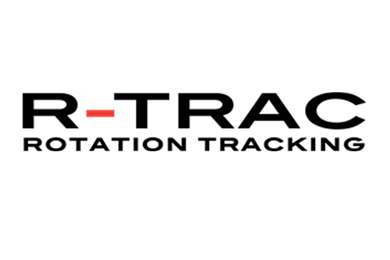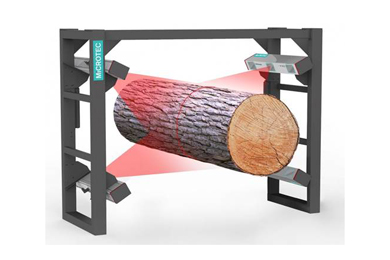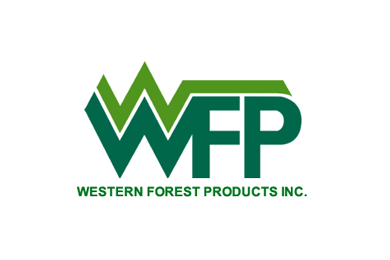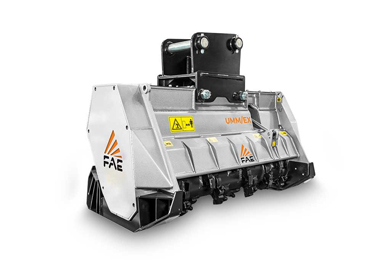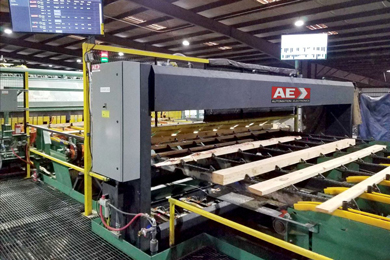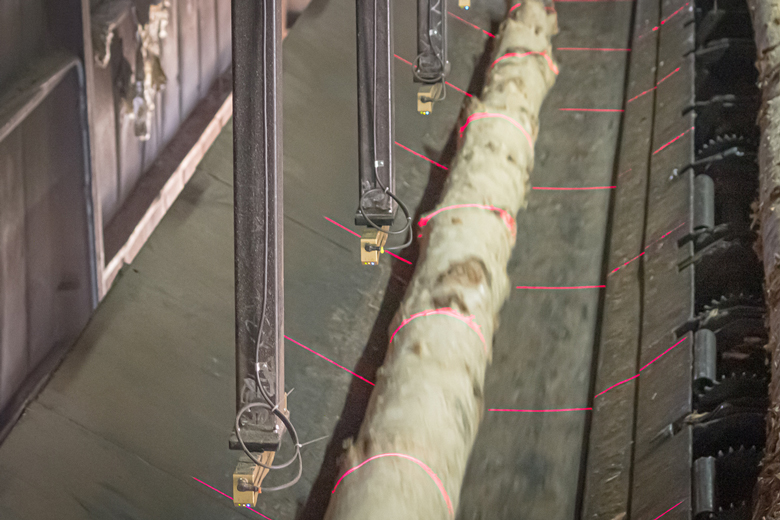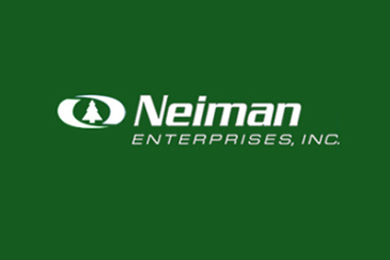Autolog has announced the launch of a new revolutionary sensor called R-TRAC. This new sensor is taking live degree measurements while the log is rotating.
R-TRAC is a fully autonomous system that is independent of the log optimizer geometric model. Works with all types of log turners no matter which optimizer brand is installed. No mechanical modifications are required to the log turner or to the infeed chain. Very easy integration with any control system (PLC), as R-TRAC allows the use of a closed loop feedback to control the position of the log turner cylinders based on the rotation instead of their linear movement.
R-TRAC system maintains a continuous reading of the rotation angle while the log is in the field of view as opposed to applying a rotation correction after the rotation is complete.
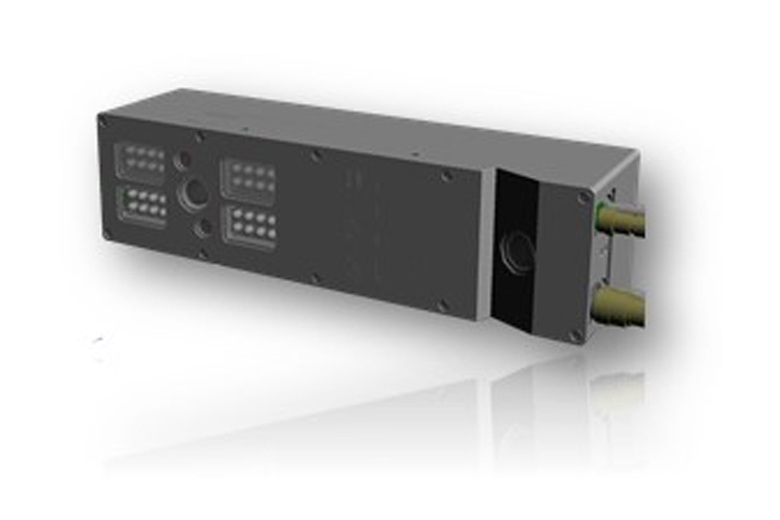
Working principle is quite simple: a set of data is acquired for every inch the log advances, each set of data contains images of the log’s surface and geometric data, a rotation measurement is calculated for each pair of consecutive sets of data which gives a rotation value per inch of traveling. The cumulative log rotation measurement is sent to the control system (PLC) and the PLC will use these measurements to control the log turner positions using a PID loop to turn the log perfectly each time.
R-TRAC has a precision better than 5 degrees of standard deviation using all data (no outliers removed as many do in their calculation). It comes with advanced statistical tools to help track the performance of the turners. At this time, the maximum speed is 600 ft/min and can measure logs from 4″ to 24″.
The figure below shows the results of a test on 50 logs in a sawmill where the R-TRAC system is currently installed. The blue represents rotation error of a log turner system without the use of R-TRAC. The red is the same system but with the R-TRAC. You can see that the curve is a lot narrower with the R-TRAC. This can give you high gain on your recovery.
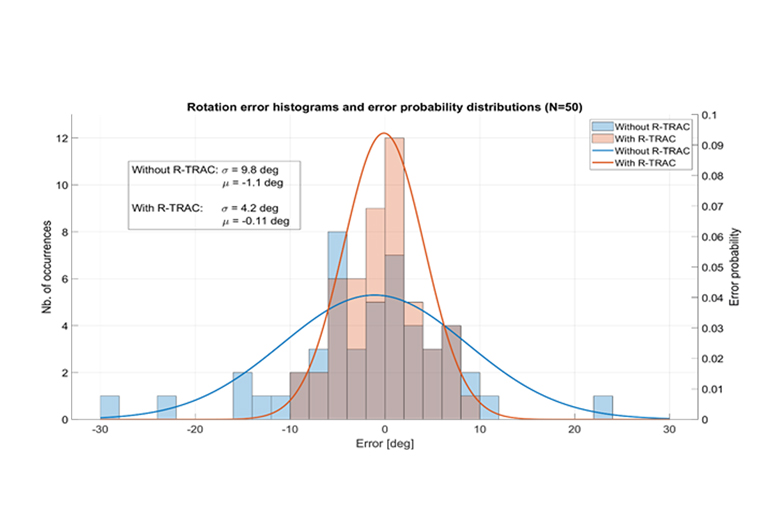
R-TRAC standard deviation in this test was 4.2 degrees compared to 9.8 degrees without it. This is more than 5 degrees gain on the log rotation error. An important point to note is the mean value. With the R-TRAC, it is practically at 0 compared to 1.1 degrees without it.
In summary, R-TRAC is a real time system that is compatible with all types of log turners without requiring any mechanical modification to the log turner. It turns the log perfectly each time without the need to correct the turning at the end. The standard deviation on the error is less than 5 degrees using all data (no outliers removed).





